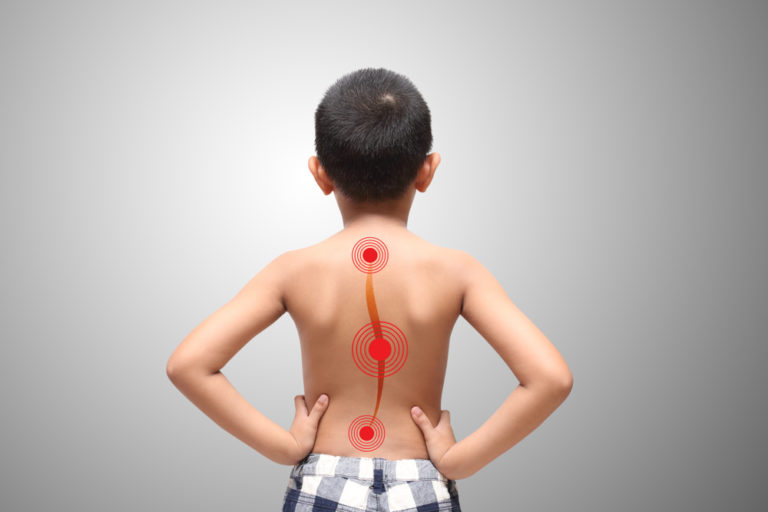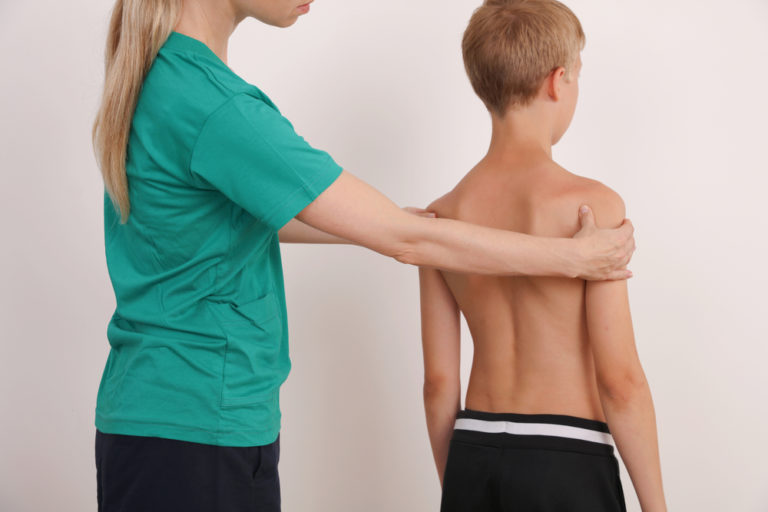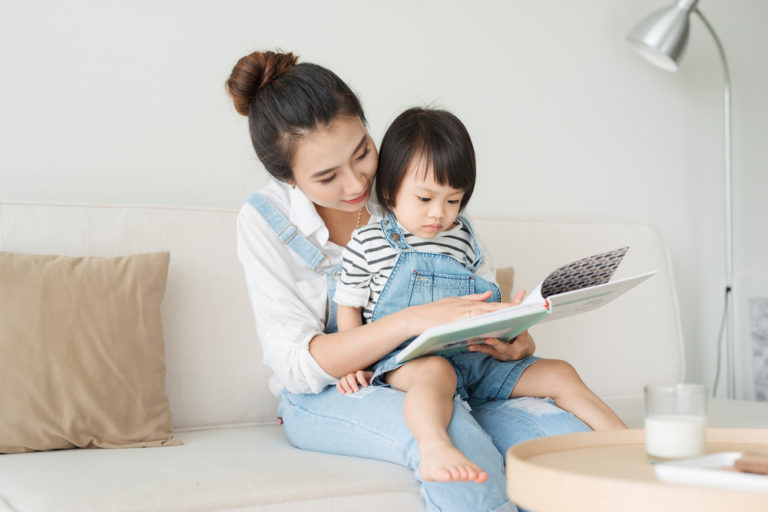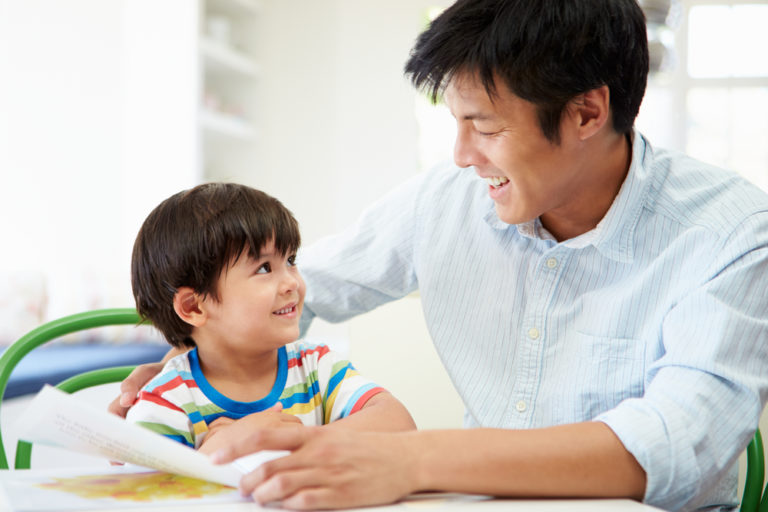Parenting Tips
December 2022

Written by : Chiropractor, Dr. Wan Man Ho
Children are prone to sitting problems, even scoliosis and kyphosis. Parents should find out their children’s problems early and make corrections. But how can parents tell when their children have scoliosis and kyphosis problems?
For scoliosis, parents can try the Adam Test, a common test used by chiropractors, by asking a child to bend forward with his hands on the ground and see if there is a problem with the muscles on either side of the spine. If there is, it means that there is a high probability of scoliosis.
In terms of kyphosis, it means looking from the side, the head is in front of the body, as if the neck is stretched out, or the head is bowed for a long time and the shoulders are bent forward. Most children in Hong Kong have a functional condition, and often, as long as they are reminded to sit up straight, they will be able to sit up straight and stop having a kyphosis.
To improve the kyphosis, the most important thing is to open both shoulders, use the strength of the waist to lift the chest, and bring the chin back near the head. This is the most correct sitting posture and will improve the kyphosis.

Spine problems are related to the foot?
Some children have flat feet, resulting in a bit of in-toeing or out-toeing. The shape of the foot will slowly affect the pelvis and create some highs and lows.
If a child often bumps his knees when learning to walk or even trips over himself after a few steps, this may be a case of in-toeing or even an imbalance of the feet.

If your child has any of these problems, you should take him or her to a professional, such as a chiropractor, physiotherapist, or even a podiatrist, to get checked out.









